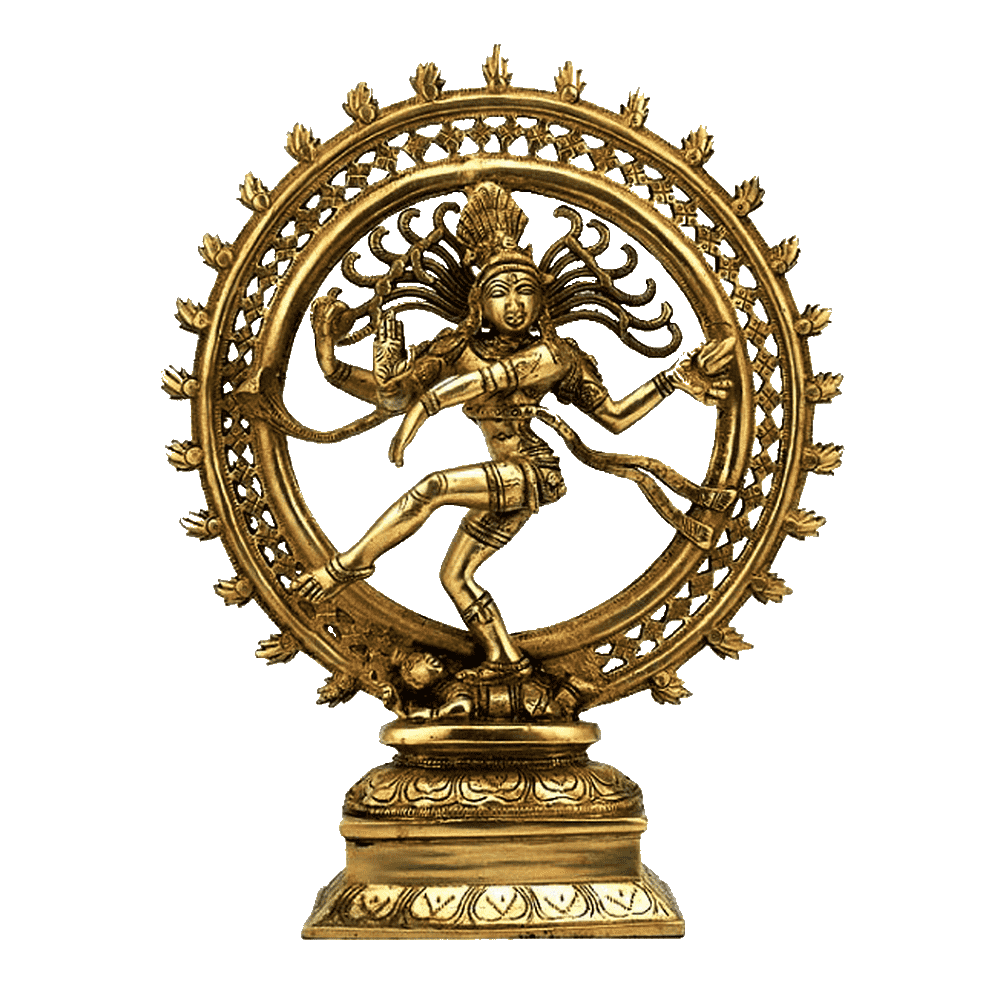
Mishra Tantras
The Synthesis of Diverse Tantric Traditions
Abstract:
Mishra Tantras represent a unique and inclusive branch of the Tantric tradition within Hinduism, characterized by their integration of various aspects from other Tantric traditions. This article explores the origins and context of Mishra Tantras, highlighting key themes and teachings found in these texts. It delves into the enduring significance of Mishra Tantras in contemporary spiritual practices, offering seekers a comprehensive and all-encompassing approach to self-realization and spiritual growth.
Introduction:
Mishra Tantras stand as a testament to the adaptability and inclusiveness of the Tantric tradition, embracing and integrating various aspects from different Tantric paths. The term “Mishra” in Sanskrit means mixed or blended, indicating the synthesis of diverse elements into a cohesive and harmonious whole. In this article, we explore the essence of Mishra Tantras, their origins, and their profound significance in guiding seekers towards an expansive and inclusive approach to spiritual awakening.
Origins and Context:
The origins of Mishra Tantras can be traced back to a period when the diverse Tantric traditions were flourishing, each with its own set of practices, philosophies, and rituals. Mishra Tantras emerged as a response to the desire to harmoniously integrate the rich tapestry of Tantric wisdom into a comprehensive spiritual path.
The practitioners of Mishra Tantras sought to build bridges between various Tantric lineages, recognizing the underlying unity in their diverse approaches to spiritual realization. This syncretic movement sought to transcend sectarian boundaries and embrace the universal essence of Tantric teachings.
Key Themes and Teachings:
Mishra Tantras encompass several key themes and teachings that reflect the all-inclusive nature of this sacred path:
Integration of Practices:
Mishra Tantras harmoniously blend diverse practices from other Tantric traditions, including yogic practices, mantra recitation, ritualistic worship, and meditation.
Non-Duality and Unity:
Central to Mishra Tantras is the teaching of non-duality (Advaita), emphasizing the unity of the individual soul with the supreme consciousness. This non-dual perspective fosters a sense of interconnectedness and oneness with all of existence.
Synthesis of Deities:
Mishra Tantras often integrate the worship of various deities from different traditions, recognizing the multiplicity of divine manifestations while emphasizing their underlying unity.
Enduring Significance:
The enduring significance of Mishra Tantras lies in their ability to offer seekers a comprehensive and inclusive approach to spiritual growth. By embracing the diversity of Tantric practices and philosophies, Mishra Tantras provide a pathway that can resonate with individuals from different backgrounds and spiritual inclinations.
The emphasis on non-duality and unity fosters a sense of spiritual harmony and interconnectedness, transcending sectarian divisions and promoting a holistic understanding of the divine.
Conclusion:
Mishra Tantras exemplify the all-embracing and adaptable nature of the Tantric tradition, offering seekers a synthesis of diverse practices and philosophies from different Tantric lineages. These sacred texts and practices provide a transformative journey that embraces the richness of spiritual wisdom found across various traditions. The enduring significance of Mishra Tantras lies in their ability to guide seekers towards a comprehensive and inclusive approach to self-realization and spiritual growth. In a world seeking unity amidst diversity, the teachings of Mishra Tantras serve as a profound and all-encompassing pathway towards divine communion and spiritual awakening.
Editor – Kaalchakra Team
[ Note – Before Concluding anything as a Finale, Please Go through Original Scriptures of Vaidik Literature Written in Sanskrit and Also with Meaning of That time of Language. Because English is a Limited language to Explaining the Deeper Knowledge of Vaidik Kaal. ]
